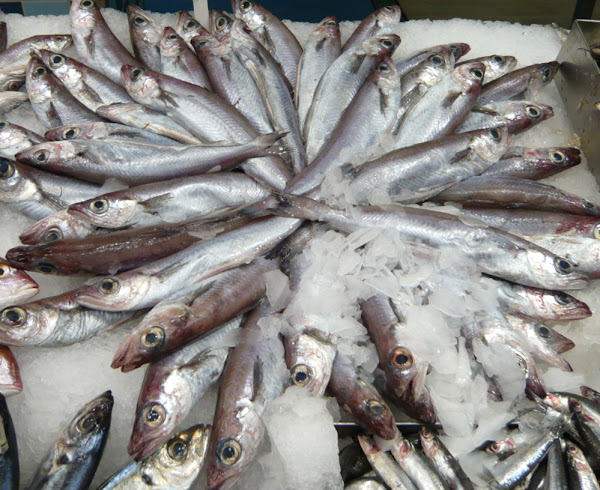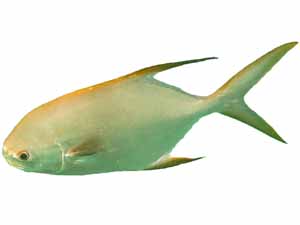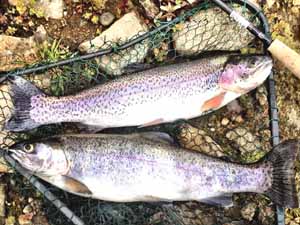The Blue whiting fish is one of the two species in the genus Micromesistius in the cod family. It is common in the northeast Atlantic Ocean from Morocco to Iceland and Spitsbergen.
It is also available in the northern parts of the Mediterranean. And it may be locally abundant in the northern parts of the Mediterranean. The fish is known by many different names in different parts of the world.
This fish is also found in the northwest Atlantic Ocean between Canada and Greenland, but is considered rare there. Exploitation of the Blue whiting fish only started in the 1970s.
And in the last decades, it has become increasingly important to the fishing industries of northern European countries. Read some more information about this fish below.
Blue Whiting Fish Characteristics
The Blue whiting fish has a long and narrow body with a silvery underbody. Their body coloration is blue-grey on the back, paler on the sides, shading to white on the belly.
Sometimes, there is a a small dark blotch at the base of the pectoral fin.
Average body length of the Blue whiting fish is around 31 cm. But the mature fish can reach a length of more than 40 cm.
Maximum recorded weight of this fish is around 830 grams. Photo and info from Wikipedia.

Diet
The Blue whiting fish are generally feed on plankton crustaceans and small fish.
Breeding
Spawning of the Blue whiting fish takes place in late winter and early spring along the shelf edge west of the British Isles and west of the Rockall Bank.
The eggs and larvae are transported by the Ocean currents to the Norwegian Sea, which is the main nursery and feeding area for the northern stock component.
These fish generally reach maturity within their 3 years of age. And the females can lay between 6,000 and 150,000 eggs per spawning.
Uses
The Blue whiting fish is generally processed into fishmeal and oil. But in some areas, this fish is sold as food fish.
Special Notes
The Blue whiting fish has a great economic importance. The most important fishing areas of this fish are the spawning grounds west of the British Isles.
Currently it is one of the largest fishery industries in the North-East Atlantic.
The fish is marketed fresh in some areas, but a large part of the catches are processed industrially as oil and fishmeal (mainly due to difficulties encountered in the conservation of the flesh, and also for the high demand for fishmeal in the eastern European countries). However, review full breed profile of the Blue whiting fish in the table below.
| Name | Blue Whiting |
| Kingdom | Animalia |
| Phylum | Chordata |
| Class | Actinopterygii |
| Order | Gadiformes |
| Family | Gadidae |
| Genus | Micromesistius |
| Species | M. poutassou |
| Binomial Name | Micromesistius poutassou |
| Other Names | Known by many different names in different parts of the world |
| Breed Purpose | Food, also fishmeal and oil |
| Special Notes | Economically important fish species, used for food, fishmeal and oil, marketed fresh in some areas, takes around 3 years for maturing |
| Breeding Method | Natural |
| Climate Tolerance | Native climates |
| Body Color | Blue-grey on the back, paler on the sides, shading to white on the belly |
| Weight | Maximum recorded weight is 830 grams |
| Rarity | Common |
| Availability | Mainly Europe |






